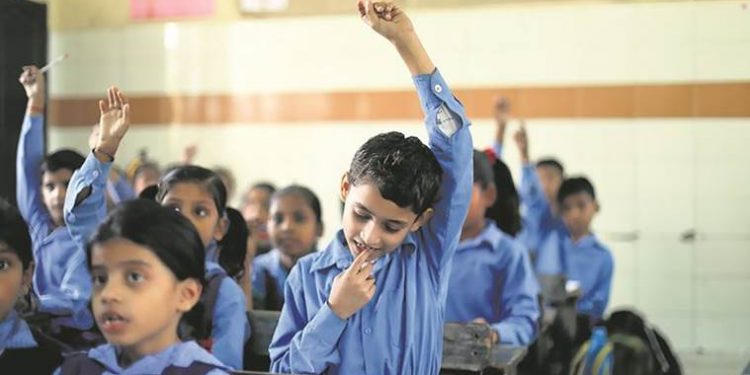The Directorate of Primary Education and Gujarat Secondary and Higher Secondary Education Board have issued a funny notification to schools under them, which they claim is aimed at fostering patriotism among students from childhood. The notification says students should be asked to respond to their daily roll call in class with ‘Jai Hind’ or ‘Jai Bharat’ instead of the conventional ‘yes sir/madam’ or ‘present sir/madam’. The fact that classrooms in that state still follow the age-old practice of checking attendance is evident from the notification itself. Also, it shows that the boards foresee that the practice will continue even as the paradigms of teaching and learning are changing at tremendous pace around the world and attendance is more about mental presence of the learner than his/her physical presence in a class. The fact remains that the majority of students who pass out of these institutions will not be adequately equipped to take up vocations of their choice or even feel proud about themselves when they exit these institutions if status quo continues. They will have to join the endless queues of jobless youngsters and perhaps realise that their country is nothing like what they chant in class. ‘Jai Hind’ and ‘Jai Bharat’ should arise from minds that have had the opportunity to experience the greatness of their country that the slogans praise. It should come without prompting from youngsters who emerge out of institutions with sundry degrees in hand and are able to find a vocation or create one that is able to provide them respectable life in society. The boards may argue that it could be a good beginning to get students to first feel great about their country before they actually make it great. That may be acceptable. But the question is whether the children have enough reason to feel good about their state itself before they can feel great about their country as a whole. It is true that the prime minister of this country has given them a huge physical symbol of unity that needs to be seen as not just a symbol but also as an architectural marvel.
However, the fabrication of the huge statue of Sardar Vallabhbhai Patel near the Sardar Sarovar Dam on the Narmada has been done by a Chinese company, according to reports that have not been denied. Also, that Statue of Unity has been located in a state where the man who united this country as a single political unit was born. There is something parochial about it. The Statue of Liberty does not represent an individual; it is the representation of an ideal and unlike it the Statue of Unity in India does not transcend the human plane into an ideal. Sardar Patel may be revered by many for uniting India, but there are people who may not be comfortable with acknowledging him as the symbol of this ideal of unity. The naming of Patel’s statue as Statue of Unity thus gives scope for counter opinions not just because of its geographical location but also because it is an attempt at spin doctoring a certain political personality into an ideal. In any case, it remains to be seen whether the coming generations will see the statue as indeed one that unites their minds with the ideal of a great India or as the visage the traveller in Percy Bysshe Shelley’s ‘Ozymandias’ sees in the desert. The notification of the education boards in Gujarat can be seen only as change for the sake of it, as their effect on the actual results expected from educational institutions may not even be nominal if any.






































